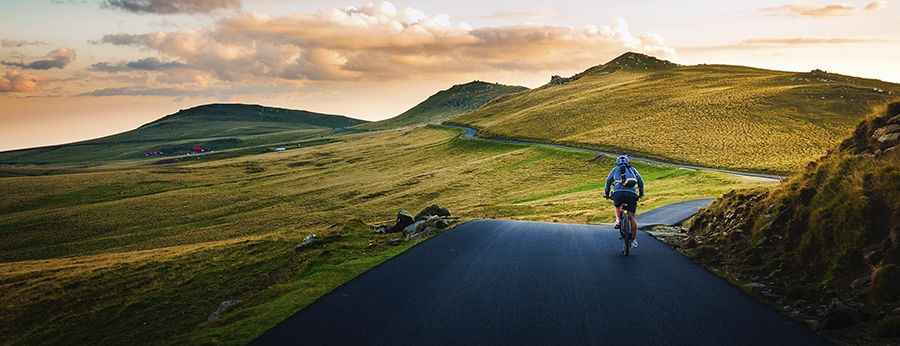The Most Dangerous Roads for Cyclists: 8 Extreme Routes for Adventurers
For extreme cyclists, some routes offer more than just a physical challenge; they are a test of survival and mechanical endurance. From the oxygen-deprived passes of the Himalayas to the precipitous drops of the Andes, these sectors demand absolute respect. If you are planning to tackle the world's most dangerous roads on two wheels, these are the locations where technical skill and mental fortitude are non-negotiable.

| Extreme Cycling Risk Factors | |
|---|---|
| Primary Hazards | Altitude Sickness, Landslides & Lack of Infrastructure |
| Critical Gear | Hydraulic disc brakes & Low-range gearing |
| Safety Focus | Self-sufficiency & Satellite tracking |
1. Karakoram Highway (Pakistan / China)
Rising to nearly 4,700 meters above sea level, the Karakoram Highway is a high-altitude endurance test. This trans-mountain route is prone to landslides, flooding, and falling rocks. Cyclists must navigate extreme thinning oxygen and unpredictable weather. Authorities recommend traversing in groups and strictly during the dry summer months to minimize the risk of mudslides.
2. Death Road (North Yungas Road, Bolivia)
For decades, the North Yungas Road earned its reputation as the most dangerous road on Earth. While a modern bypass has diverted heavy traffic, the original route remains a magnet for extreme cyclists. The descent involves dropping over 3,500 meters along narrow, unpaved ledges with 600m sheer drops. High-performance braking systems are mandatory for this continuous, high-speed descent.
3. Zoji La Pass (India)
Located 11,000 feet up in the Himalayan Mountains, the Zoji La Pass is a notoriously narrow and unpaved stretch. Susceptible to landslides and flooding, the road is frequently closed during winter. Cyclists must manage deep ruts, shared passage with heavy convoys, and a lack of protective barriers on its most exposed sections.
4. Highway of Death (Route BR-116, Brazil)
Brazil’s Route BR-116 is a different kind of challenge. As the country's second-longest road, the risks here are less about topography and more about human factors and heavy logistics. Stretching over 4,300 km, cyclists must deal with aggressive truck traffic, high-crime zones, and extreme weather shifts across 17 different cities.
5. Skippers Canyon Road (New Zealand)
Carved into sheer cliffs during the 19th-century gold rush, the Skippers Canyon Road is so precarious that most car rental insurance policies specifically exclude it. For cyclists, the unpaved, narrow surface and the lack of guardrails leave zero margin for error. One mistake on these mountain edges can lead to a fatal fall.
6. Tianmen Winding Mountain Road (China)
Known as the "Highway to Heaven," the Tianmen Mountain Road features 99 sharp hairpins over just 11 kilometers. While the surface is paved, the intensity of the curves and the steep ascent toward the Buddhist temple are physically punishing. Fog and sudden rain can turn this scenic route into a low-visibility nightmare for riders.
7. James Dalton Highway (USA)
Traversing the Alaskan wilderness, the James Dalton Highway is a battle against isolation. Used primarily by heavy trucks, the road offers sub-zero temperatures (even reaching -60°C in winter) and hundreds of kilometers between service points. Cyclists must be fully self-sufficient and prepared for aggressive dust, mud, and local wildlife.
8. Commonwealth Avenue (Philippines)
Unlike the mountain passes, Commonwealth Avenue is an urban danger zone. With up to 18 lanes in some sections, the lack of lane discipline and aggressive traffic make it extremely hazardous for cyclists. Navigating this "Killer Highway" requires constant vigilance against chaotic pedestrian and vehicular movements.
Conclusion
Tackling these roads on a bicycle is a profound way to experience the world's most extreme environments. However, these are not standard cycling routes. They require expedition-grade preparation, high-end mechanical equipment, and a deep respect for the topography. Plan for the worst, gear up for the extreme, and always verify local road conditions before your ascent.